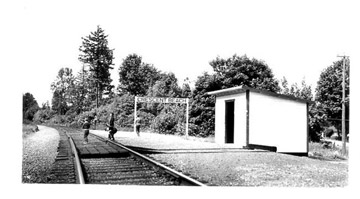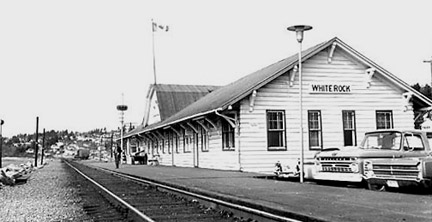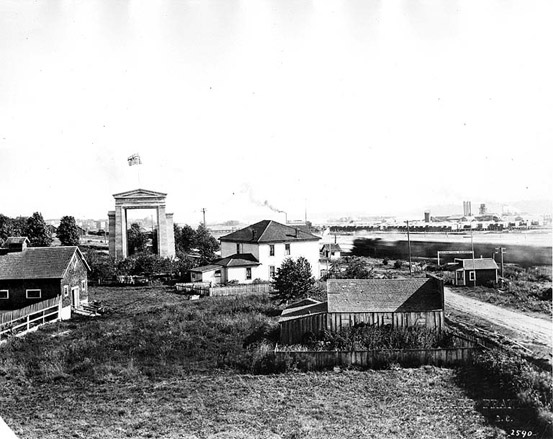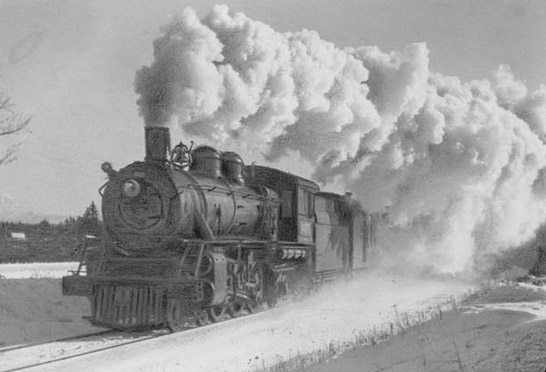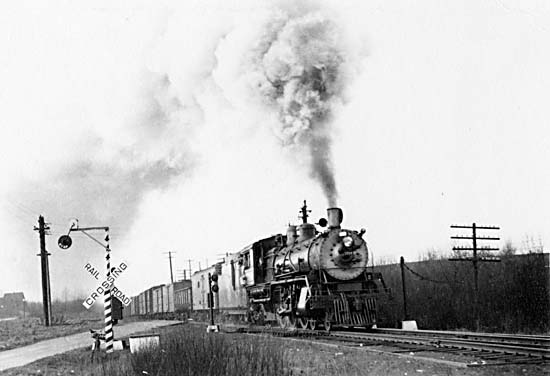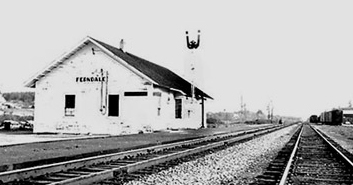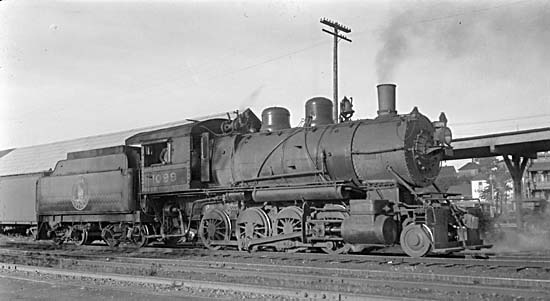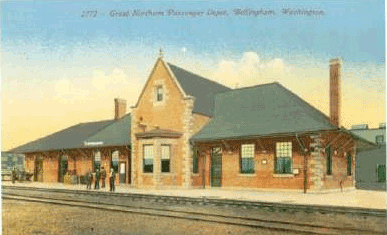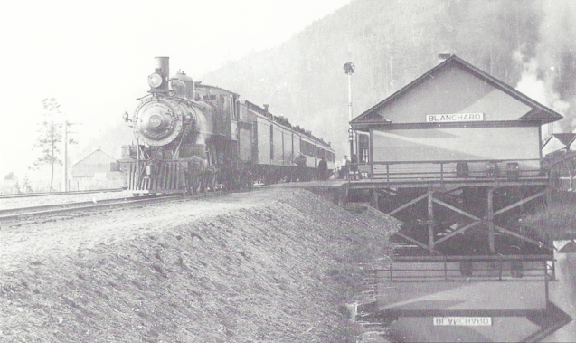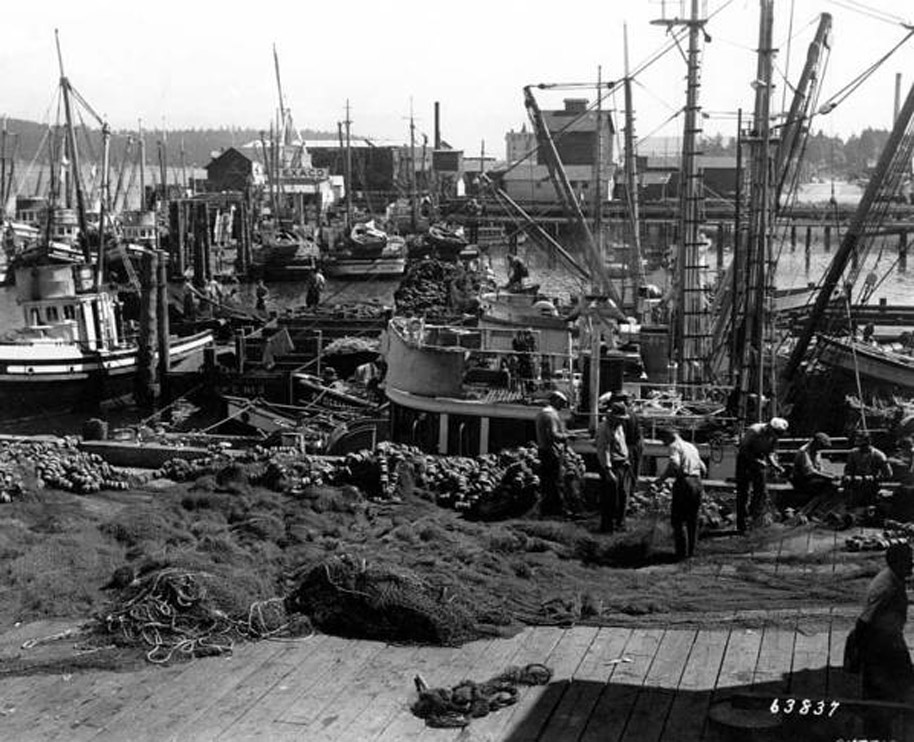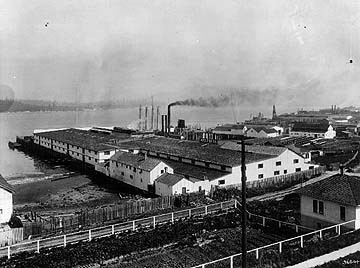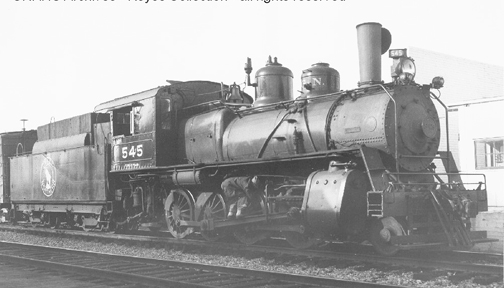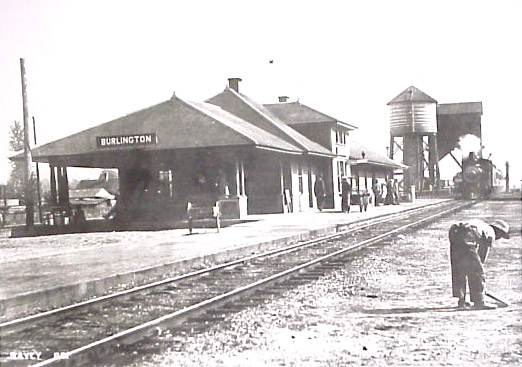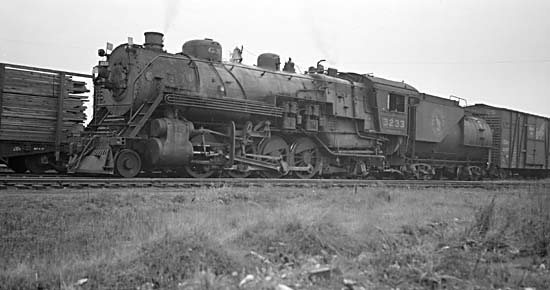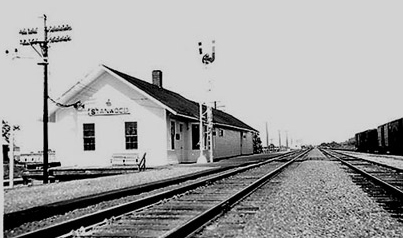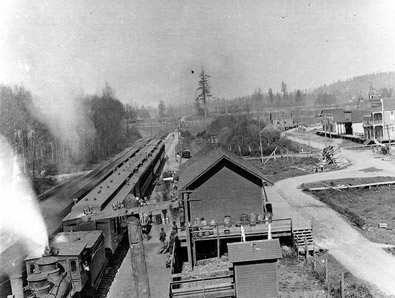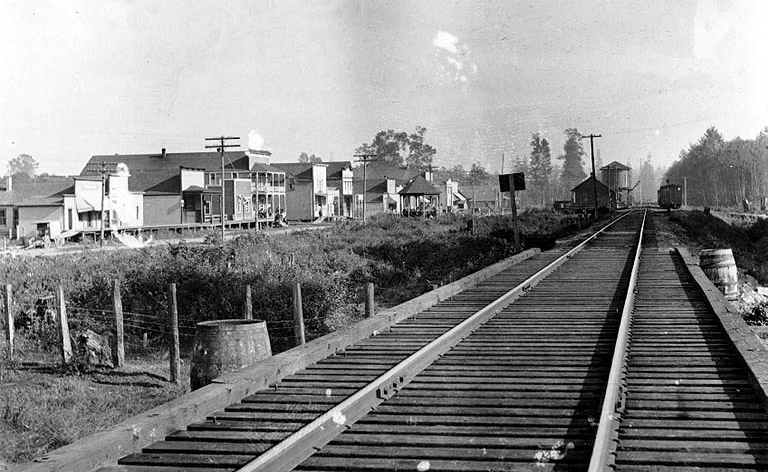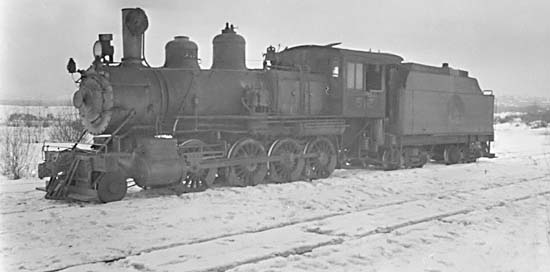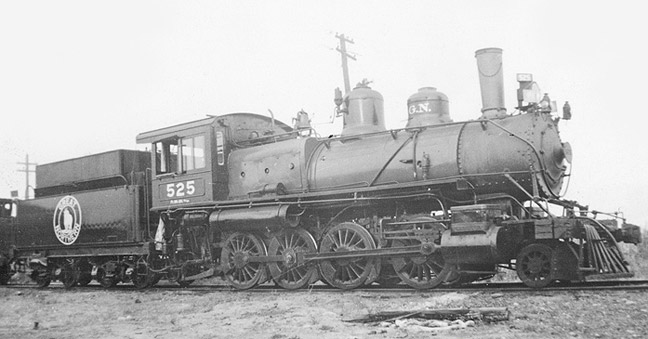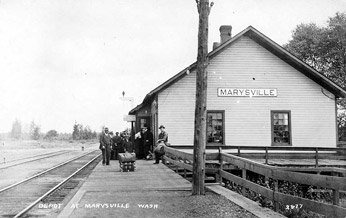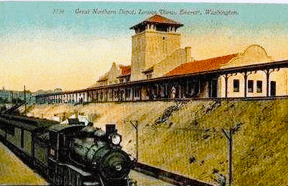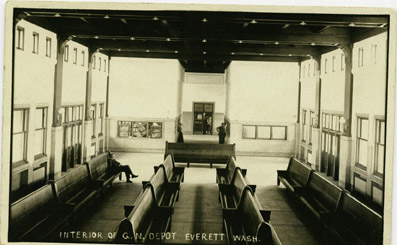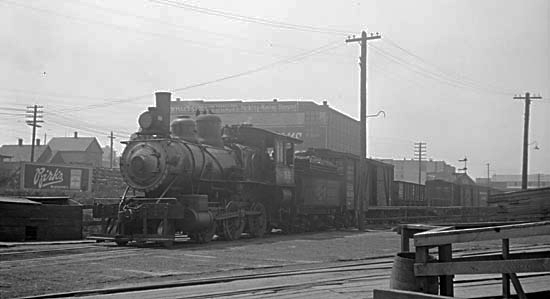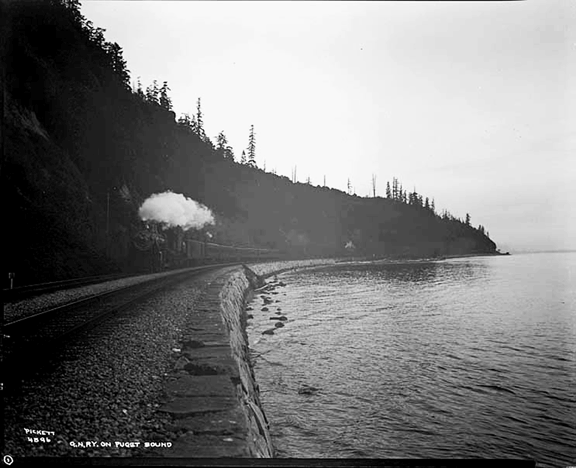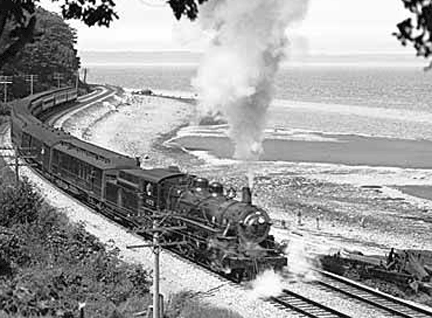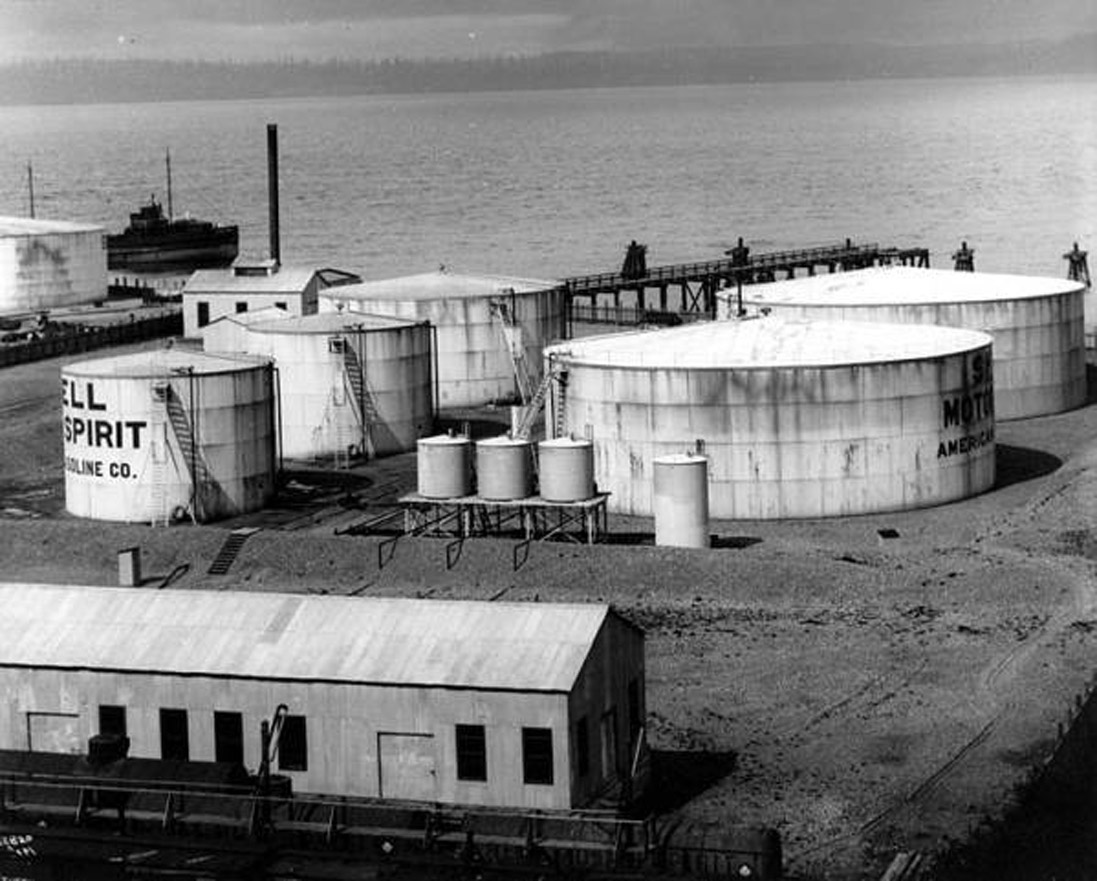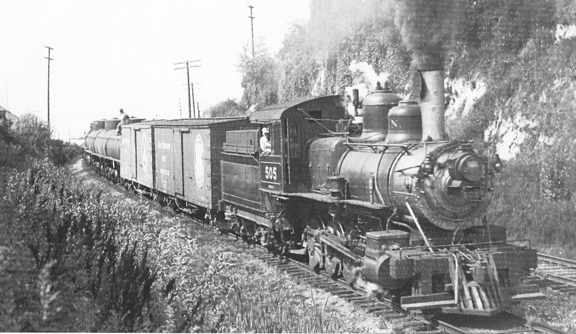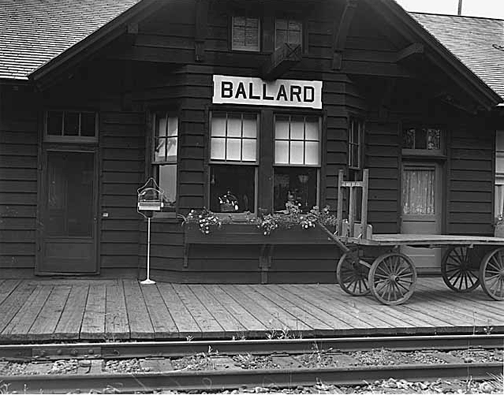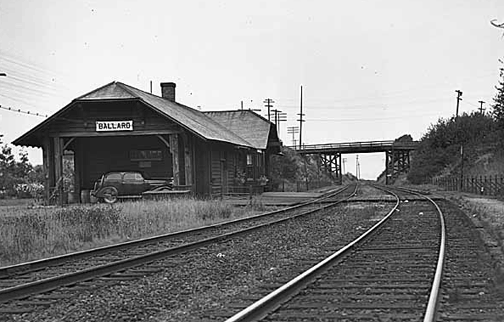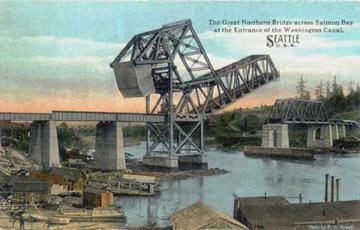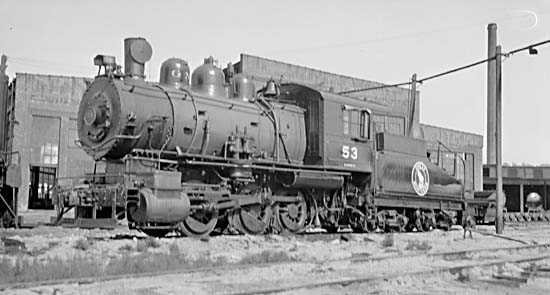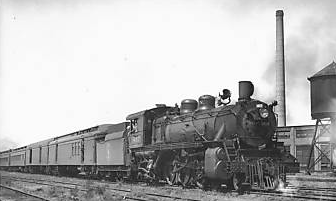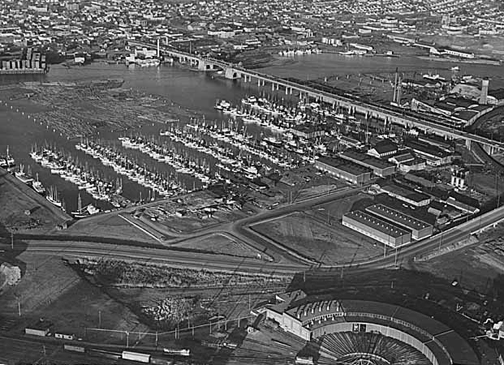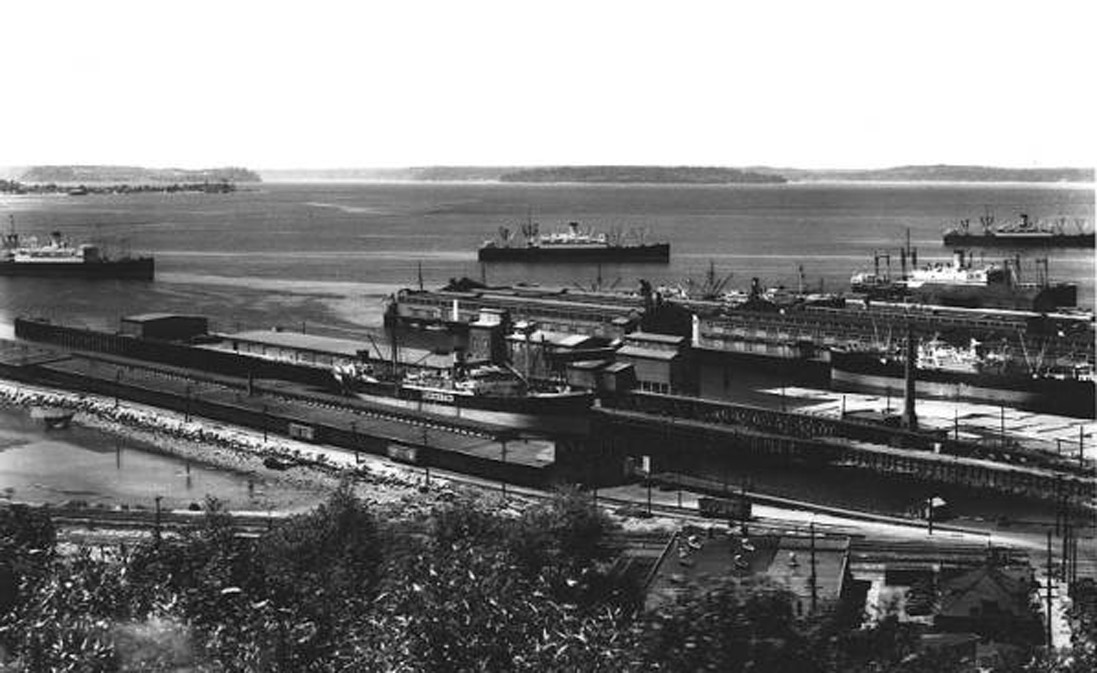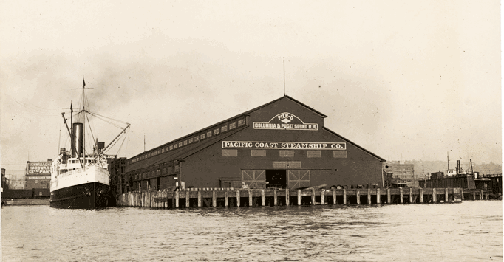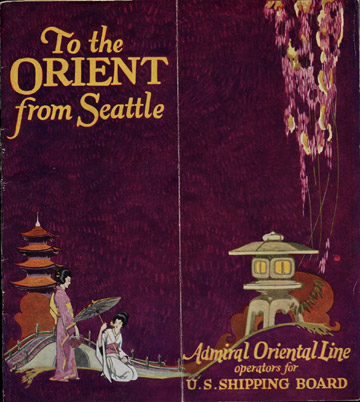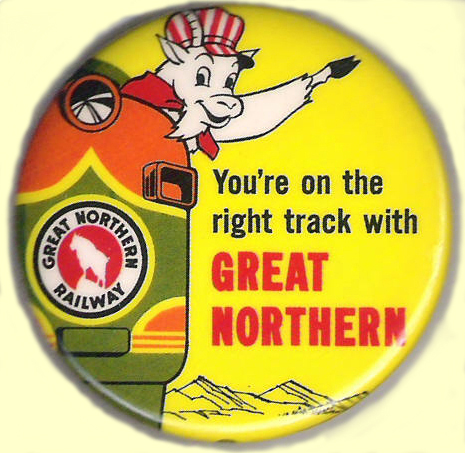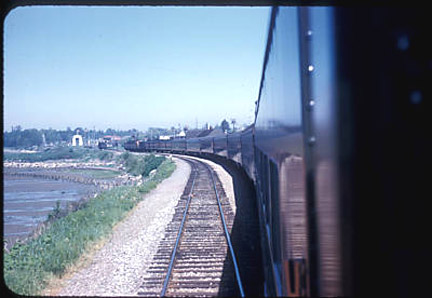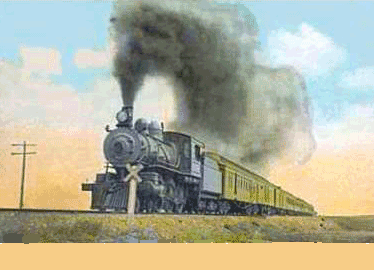HOME GNUS BOOMER BONEYARD LINKS TRACKPLAN LAYOUT PIX
|
A Great Mainline to Model |
In the Steam era - the period I'm modeling |
|
Trains & Operations 1930-1940 |
Canadian Side |
Blaine - Burlington |
Burlington-Everett
|
South End |
Trains & Operations 1950 |
|---|
A Short Summary What is referred to as the Coast Line is what was Great Northern's 155 mile mainline between Seattle and Vancouver, in the Pacific Northwest. It is almost level the entire way. The first thirty miles to Everett ran along the shore of Puget Sound, was double tracked and a part of GN's transcontinental main line. The rest of the way was single tracked passing through rich farm land and stands of timber. Across the border, Canadian National had trackage rights on the GN to reach Vancouver. Great Northern had the only direct line between the two seaport cities. Four other seaports; Everett, Anacortes, Bellingham, WA and New Westminster BC generated more GN freight traffic as did several smaller farming, lumbering, and fishing communities. I'm modeling the time period is 1939-1941, just before the US entered WWII but after Canada did. It was 100% steam. A few of the pictures are of a later period when diesels had replaced steam. Others are from an earlier period and provide a contrast. On this page I would like to share the research I have done on this line. There is a link below to the model railway page. |
|---|
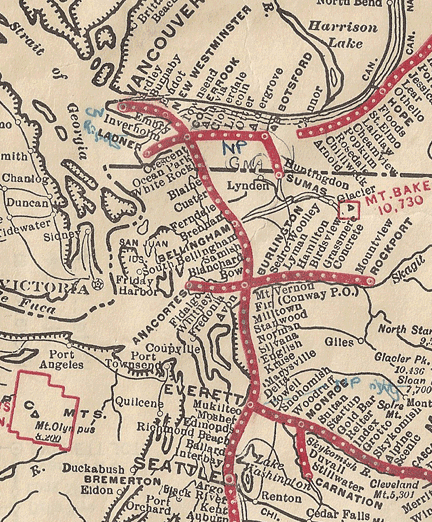 |
Left, part of the map on the back of the 1930 Employees Timetable. The Line from Seattle to Everett Junction was the First Subdivision. The Second Subdivision ran from Everett Junction over the border to Vancouver. The line between Rockport and Anacortes was the Third Subdivision. The Fourth Subdivision consisted of the 10.71 mile line between Colebrook and Ladner. The Colebrook - Sumas portion though still shown on the map was apparently abandoned or not operated by this date. .
|
|---|

Profile map from the 1930 Cascade Division Employee Timetable
Trains and Operations 1930 - 40
The 1930 employee timetable is as big as a blanket (approx 12" x 18"). A reduced copy is presented here.

The First Subdivision ran from Seattle to Wenatchee. Only the first 33 miles were used by Seattle- Vancouver trains.
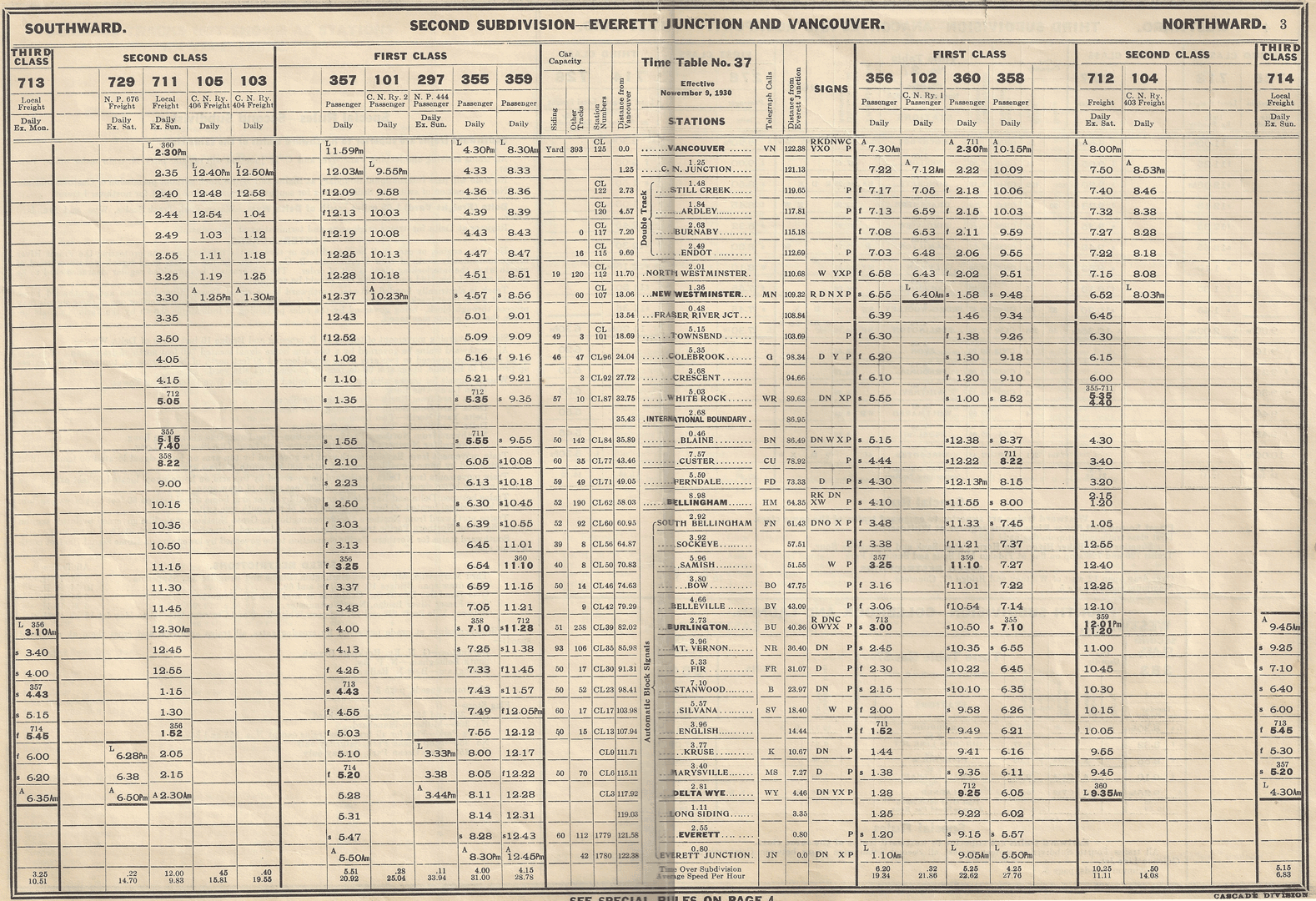 The 122.58 mile line between Vancouver and Everett was called the Second Subdivision.
The 122.58 mile line between Vancouver and Everett was called the Second Subdivision.
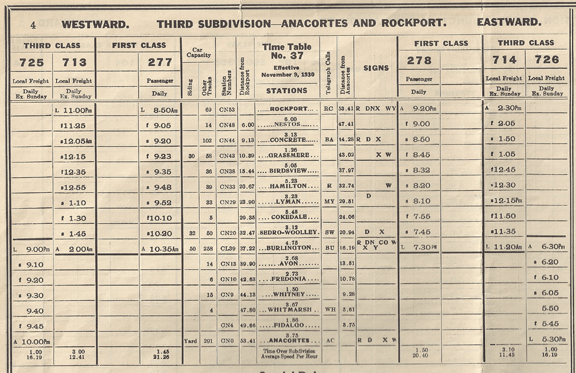
The 53.41 mile line between Rockport and Anacortes was called the Third Subdivision.
Passenger
The 1915 public timetable lists three daily named trains each way on the line between Portland Ore. and Vancouver B.C. They were the International Limited 358/359, the Owl 355/356, and the Shoreline Express 357/360. There were two locals north from Seattle, with 277/278 terminating at Bellingham and the 270/273 through to Vancouver.
The equipment section of the 1915 timetable provides glimpse of operations. One dining car only ran as far north as Blaine on the local and returned on the Owl. The northbound Owl set a sleeper out at Bellingham and it was picked up southbound by the Shoreline Express.
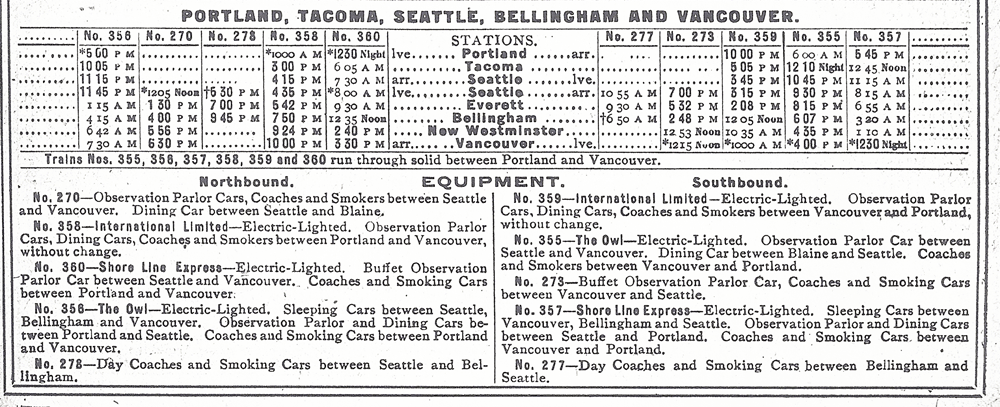
By 1930 passenger service was down to three through passenger trains a day. The local now operated between Rockport and Burlington, connecting with thruogh trains there.
The Febuary-March 1930 public Timetable lists three daily trains. Numbers 356 & 357 are still refers to as the Owl. but the other train names have been dropped. The 1930 employee timetable below indicates local 277/278 still ran but only between Rockport and Burlington. |
The service offered between 1930 and 1941 changed reflecting the realities of the Great Depression.
Below is a summary of Great Northern passenger service based on the few timetables I have collected. Between 1930 and 1934, the next timetable I have, the Owl was dropped and service was reduced to two trains a day one morning and the other afternoon. |
|---|
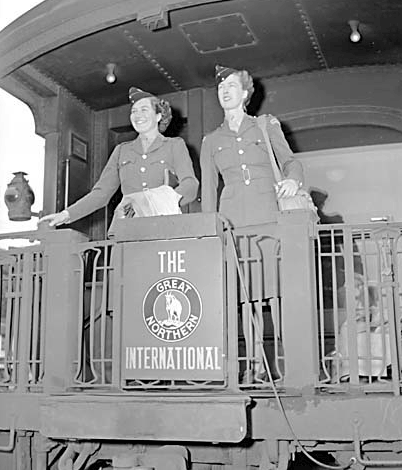 |
I have no information about this picture but it's a neat shot showing the train time activity at a small town station. Such stations dotted GN's Coastline route. Left, International's drumhead as it appeared in during the heavyweight era. This picture was taken in June,1944 during WWII. Presumably the field behind the goat and the background was red, the Great Northern circle was black and the lettering white. Note the unusual shape of the letter A. |
Summary from the Public Timetables Between Seattle and Vancouver B.C.
| Summer 1934 | 359/360 Morning trains carried - Observation Parlor Car, Dining Car, and Coaches |
| 355/358 Afternoon trains carried - Observation Parlor Car, Dining Car, Coaches and Cafe-Coach service | |
| Summer 1936 | Numbers 359/360 were the morning trains and 355/358 were the afternoon trains. Thru 1941 the morning trains served as locals while the afternoon trains had limited stops. |
| 355/360 Carried - Cafe Reserved Seat Cafe-Coach and Coaches 358/359 Carried - Reserved Seat Coach, Dining Car, and Coaches |
|
| Spring 1937 | 355/360 Carried - Reserved Seat Coach Dining Car and Coaches . 358/359 Carried - Cafe Reserved Seat Cafe-Coach and Coaches |
| Sometime between 1937 and 1939 All assigned equipment was air conditioned and train names return. Each named train ran as a local in one direction and as the Limited in the other. | |
| Summer 1939 | 355/360 AMERICAN (southbound) CANADIAN (northbound) Carried - Reserved Seat Coach Dining Car and Coaches 358/359 INTERNATIONAL LIMITED carried - Reserved Seat Coach Dining Car and Coaches. |
| August-September 1940 | 355/360 AMERICAN/ CANADIAN Carried - Reserved Seat Coach (with room) Dining Car and Coaches. . 358/359 INTERNATIONAL LIMITED Carried - -Reserved Seat Coach (with room) Dining Car, and Coaches. |
| July 1941 | 355/360 AMERICAN/ CANADIAN Carried - Lounge Observation Reserved Seat Coach (with compartment), Dining Car and Coaches 358/359 INTERNATIONAL LIMITED Carried - Reserved Seat Coach (cafe) Dining Car, and Coaches. |
| July, August September 1946 | Three trains are again scheduled in each direction. Local numbers 356/357 have been added. |
| 355/360 AMERICAN / CANADIAN carries - Parlor Car, Dining Car and Coaches. 358/359 INTERNATIONAL LIMITED carries - Observation Cafe Parlor Car and Coaches. 356/357 Coaches only |
|
| Although the names an approximate schedules remain consistent, the assigned equipment changes. |
This unidentified train crossing the Ship Canal is probably the Shoreline Express based on the facts that it is Northbound, the shadows indicate morning, the square herald indicates pre-1924, it is too short for the Glacier Park Limited and the Shoreline carried an observation. |
For years trains 277/278 looked like this and engine 139 was usually assigned. |
|---|
Freight A daily scheduled manifest freight train, called the SEABOARD ran as second class trains number 711 and 712. According to the timetable the train operated between Vancouver and Delta Yard, Everett. In addition third class freights 713 and 714 operated Rockport - Burlington- Delta Yard. Another pair of third class frieghts 725 and 726 operated between Anacortes and Burlington. At Delta freight was forwarded east on second class freight 452 which originated at Interbay at 5:30 PM. No westbound (south) second class frieght is listed Most freight however moved as extras or on local way freights.
R-2 number 2054 departing Interbay yard with freight 452. Warren Wing photo |
|---|
Locomotives
Medium sized motive power was all that was necessary to handle the traffic of the period. Pacifics saw dual service and during holidays might handle fifteen or more passenger cars. Lighter Mikes handled 60-75 car freights and Consolidations handled long freights. At this late date photographs are perhaps the best source of information on motove power assignments. They indicate E-14 Ten Wheelers were used for passenger service until the mid-twenties until replaced by Pacifics. In the late 30's and 40's Class H-4, 5, and 6 Pacifics were used in both passenger and freight service. O-5 class Mikes were common in mainline freight serice with O-1s to a lesser extent. By the forties the O-5 were being phased out and replaced by O-4 Mikes. F-1 consolidations and D-5 moguls were frequently seen for local switchingin the 20's and thirties. By the forties, heavier consolidations (F-4 thru 8) had superceded them. North of Everett, A-9 switchers solely ruled the yards, and being joined by C class 0-8-0s at Seattle and Everett. |
|---|
A trip Over the line |
An Americam mail Lines vessel is discharging cargo and loading logs for the Orient at the GN Dock in Vancouver. - late 30's. Right, although Seattle is better known, Vancouver was also a port of call for Great Northern Steamship Line. |
|
Left, an H-5 Pacific #1361 is about to couple on to its train at Vancouver B.C in 1939 for the trip south to Seattle. |
Approximately 20 years later the streamlined International arrives in Vancouver. |
GN roundhouse at Vancouver B.C had her better days behind her when this photo was snapped in 1956. Note the older gallows style turntable. This modest facility contrasts with Interbay at the south end. Canadian National passenger locomotives received servicing here also. |
290 rides the turntable at Vancouver, B.C. in 1936 |
|
Left, H-5 Pacific 1351 is seen at the Vancouver roundhouse in 1940. Above, in July 1941, the 1351 was involved in a head-on collision with a Canadian National train at New Westmisnister B.C. The crumpled remains seen here have been loaded on a flat car for the trip south to be scrapped. |
The hogger of this O-5 class mike is awaiting a high ball. Vancouver, 1939 |
In 1938 GN mogul 453 is seen turning a passenger consist on the Vancouver passenger station wye. Since the depot was stub ended all trains were turned on the wye in prepation for the return trip south.
|
Left, the 3100 has the SEABOARD in tow as it departs Vancouver
|
O-1 class at Vancouver in 1941 about to depart south for Seattle. |
An O-5 Mike has a relatively short freight in tow passing through the Granville Cut south of Vancouver. |
|
The northbound International meets a Canadian National freight at New Westminister, B.C. on a snowy day in the early 50's. The CNR had trackage rights on the GN between the Fraser River Bridge at New Westminister and Vancouver. CNR #3575, a class S-2-c mike, looks right at home with its Belpaire firebox. The Northbound |
|
The International at Mud Bay, B.C. (north of Cresent Beach) on a gray day in 1968. Note the dome coach and Mountain series observation. |
Crescent Beach, BC (north of White Rock) (Stan Styles photo) |
White Rock depot in 50' (Stan Styles photo) |
Blaine is seem in the distance from the Canadian side. The park has yet to be built around the Peace Arch. A southbound GN train, to right of the white building in the picture, is about to cross the border. The photo is dated 1913 which presents a problem since the Peace Arch was constructed and dedicated in 1921. |
E-8 #1067 brought the Owl train 356 to Vancouver. On July 1, 1926 . It was serviced at the Vancouver roundhouse. Then it the took a 'Dominion Day Special' excursion to Crescent Beach and White Rock. The train lay over in Blaine where it was photographed by Ken Merilees before its return trip in the evening. Picture and caption trom the 1989 GNRHS calendar
|
Fred Jukes, a Blaine resident at the time, captured the International on a snowy day south of Blaine. No date (Fred Jukes photo) |
H-6 Pacific 1724 has a northbound freight in tow near Custer (between Blaine and Ferndale) c.1940. H-6s were used in both passenger and freight service. Check out that wig-wag! |
Depot at Ferndale WA in the 50's (Stan Styles photo) |
F-4 number 1099 at the Bellingham depot. Date unknown but the 1099 was scrapped 1937. |
Bellingham WA Depot |
|
A south bound train stops at Blanchard about 1915. Blanchard was located on the water between Bellingham and Burlington. The depot still exists a few yards from this location as the Blanchard Community Center. Warren Wing photo |
G-1 #607 is seen switching in downtown Bellingham in c.1939. |
|
San Juan Fish Company seen here had a large Cannery in Anacortes in the 30's Left, the docks Anacortes were busy with the salmon run in the summer of 1938. Both fresh and canned fish shipped from here on the GN. |
Mogul 456 is switching at Anacortes in July 1927. The loco was scrapped a year later at Delta (Everett) on June 2, 1928 |
F-1 #545 is switching at Burlington in 1947. Earlier in January, 1947 this engine was renumbered from 512 to make room for a newly arrived E-7 diesel. |
Burlington, WA Depot. The 44 mile long Third Subdivision crossed the Vancouver line (Second sub) here. The seaport of Anacortes was 16 miles to the west and the mountain town of Rockport was 28 miles to the east. |
O-4 Mike #3233 running as an extra, arrives at Burlington, Wa c.1939 |
Burlington to Everett 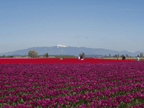
Mt Vernon depot Picture from Allen Miller. Allen sent me this picture but his ISP would not let me respond to thank him. He must think I'm a terrible ingrate! |
Fir Depot. Fir is the GN station name for Conway, WA just south of Mt Vernon date unknown. (Stan Styles photo) |
Stanwood, WA Depot Thaken in the 50's or 60's. (Stan Styles photo) |
Silvana, WA 1914. This view was taken from the water tower as a four car south bound passenger train arrives. The engine appears to be a B class 4-4-0. |
Silvana, 1914. The water tower from which the above right picture was taken can be seen next to the depot. |
The 512 was switching at English on a snowy day in 1937. She was renumbered 525 in 1947 to make room for an E-7 diesel. That E-7 is seen above at New Westminister meeting a CNR train on another snowy day years earlier. The 512 was scrapped in November 1951. |
The 525,seen at Spokane in 1947, has a fresh coat of paint after being renumbered from 512. The 508 and 511 were renumberd at the same time. |
Marysville in 1913 |
Southbound Ten Wheeler # 903, passes the Everett Depot on the lower, direct line from Vancouver Right, The Northbound International met train #1 (Oriental Limited and later the Empire Builder) at Everett. This allowed connections for Vancouver bound passengers. |
|
|
The Everett Depot looks busy in this undated postcard |
Interior of Everett ,WA Depot |
Mogul 456 is seen switching cars near the Everett waterfront in the 20's. Note the older style headlight and square herald on the tender. In the distance the semaphores on the mast indicate the location of the main that ran north to Vancouver. |
Great Northern Dock, Everett |
|
Northbound passenger train hugs the shore of Puget Sound in the 30's. Both pictures by Lee Pickett of Index, Wash. |
Afternoons finds The1455 hurrying the Northbound International past the Richmond Beach depot in 1943. Right, A few of the oil tanks at Point Wells facility between Richmond Beach and Edmonds in 1914. This facility provided GN a with considerable amount of revenue |
|
F-1 number 505 has just past what is today the POS Shilshoe Marina with a southbound freight extra. The brakeman, sitting on the roof of the second box car, is enjoying a sunny day and the ride. James Turner photo, Warren Wing collection |
Just try and find fresh flowers for the enjoyment of passengers next time you visit an airport! Flowers from GN's Monroe Wash greenhouses were a comon sight at most GN depots. |
The Ballard Depot looks more like those found near Glacier Park |
Draw bridge number 4 over the ship canal connecting Lake Union this Puget Sound. Ballard is just to the North and Interbay to the south.
|
A-9 rests outside the Interbay roundhouse on the northside of Seattle. Below, an 1950 picture ofthe Interbay roundhouse, the commercial fishing marina and the Ballard bridge. The large brick Interbay roundhouse contrasts with the smaller wooden Vancouver roundhouse shown above. |
The American passing Interbay (Seattle) in 1938.
|
|
Great Northern dock in Seattle, seen in 1938, was located at the North end of Elliott bay and later known as pier 88. A decade earlier, during more prosperous times ship after ship discharged Oriental silk here to be rushed east on the Great Northern 'Silk Extras'. |
Pacific Coast Steamship Company dock at Seattle in the 30's |
|
This time is an extract of the 1949 employee timetable reprinted by the GNRHS in 1982
1950
|
|---|
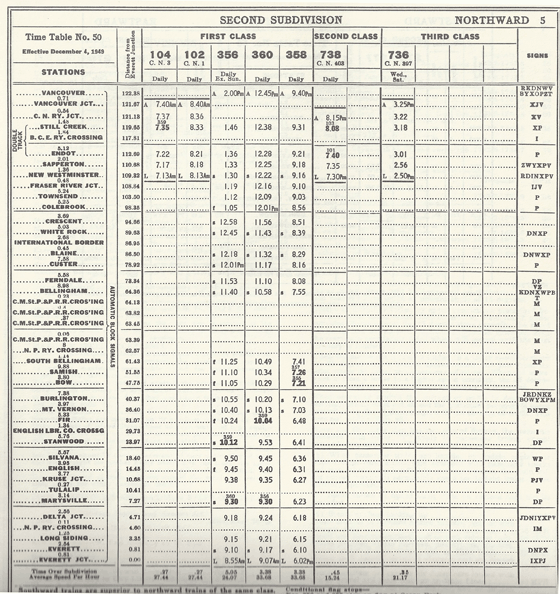 |
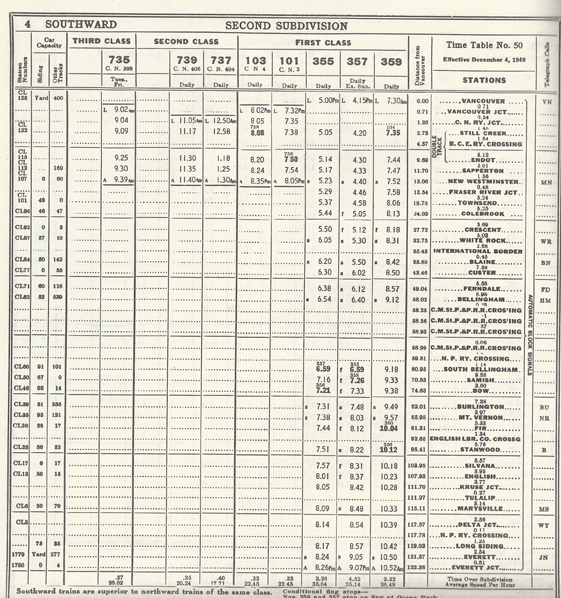 |
|
|
Click the button for the Coastline in the 50's |
|
|
My model railroad based on this line |
Home New About Me Layout Articles Artwork friends Links
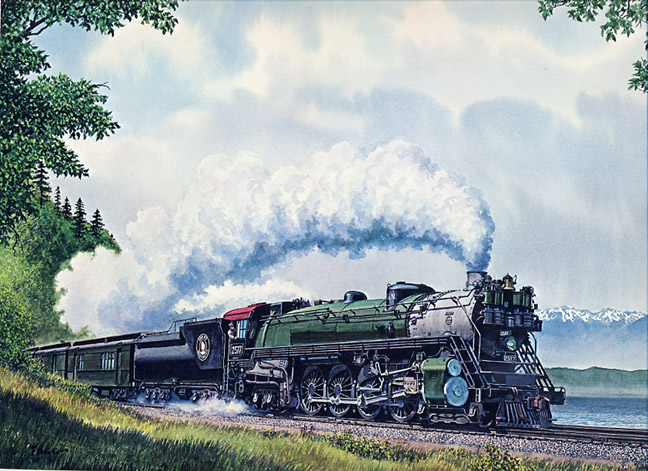



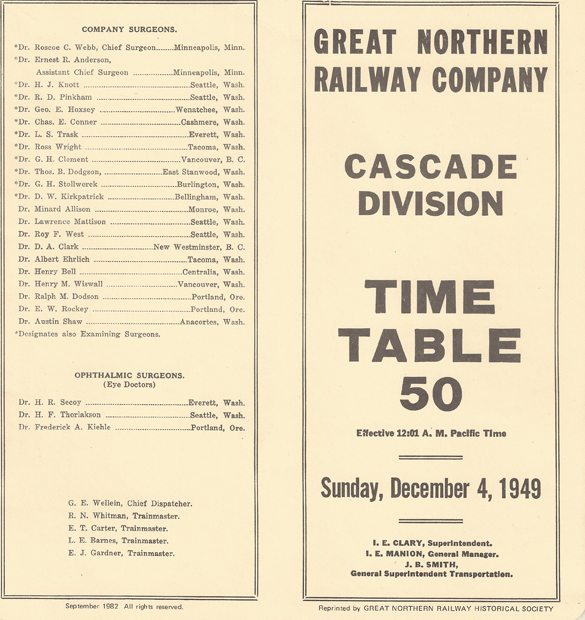
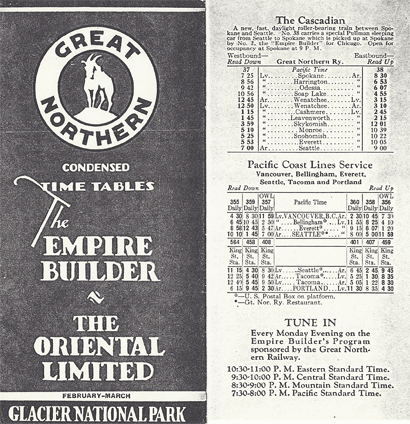
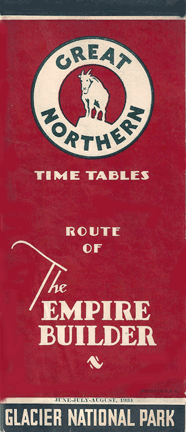

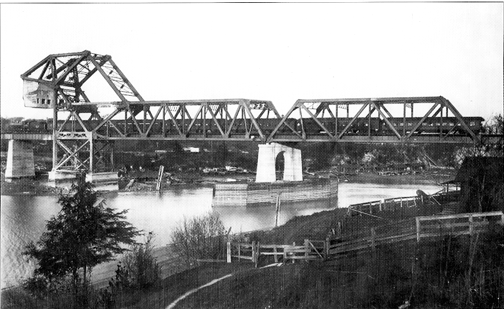

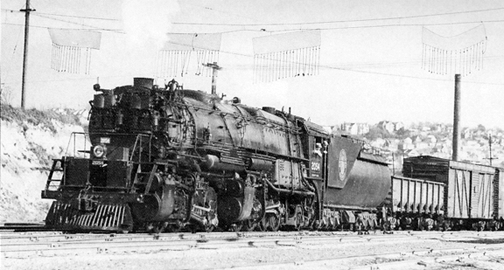
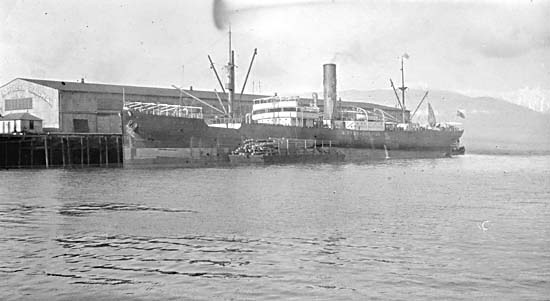
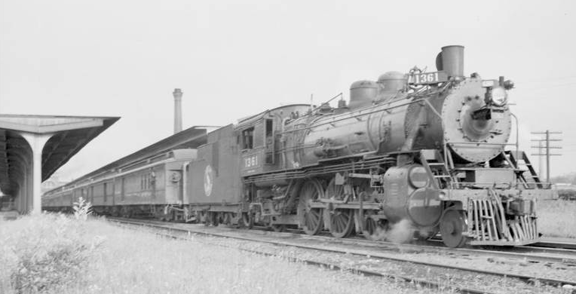
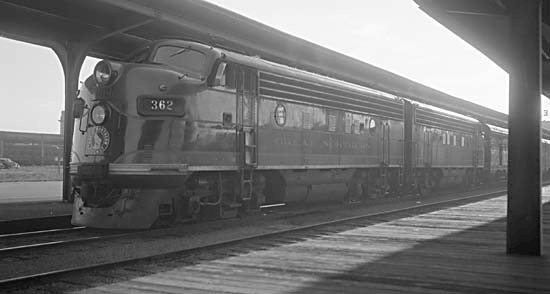
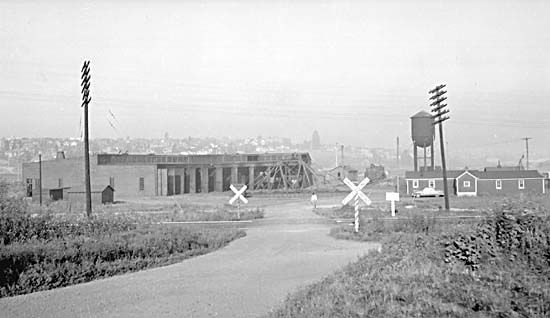
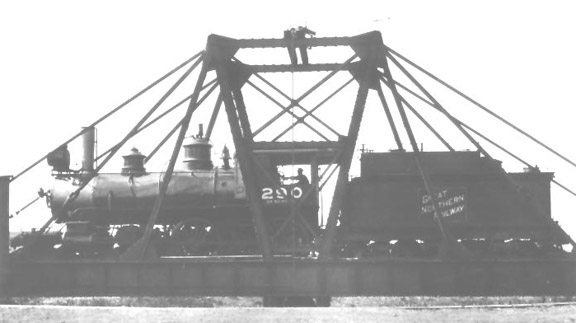
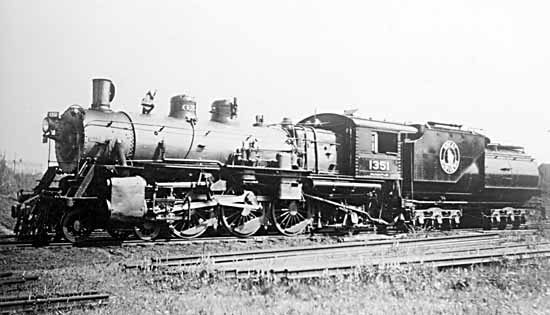

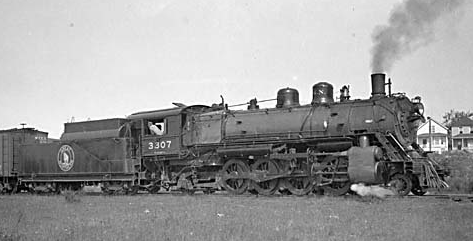
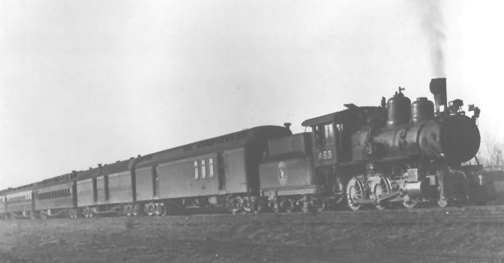
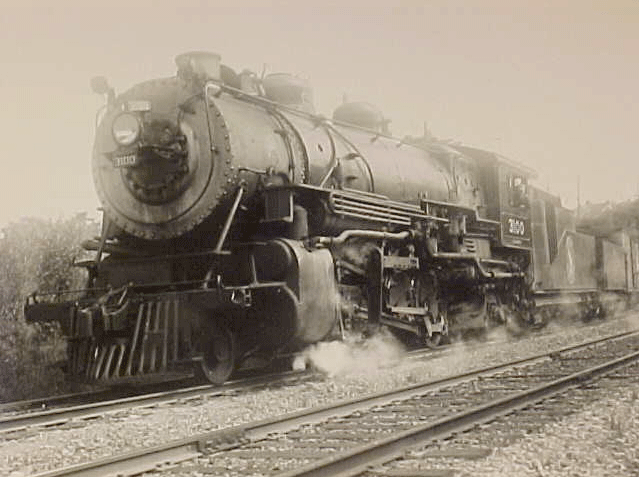

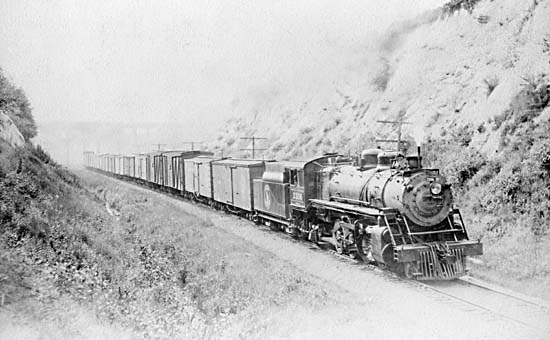
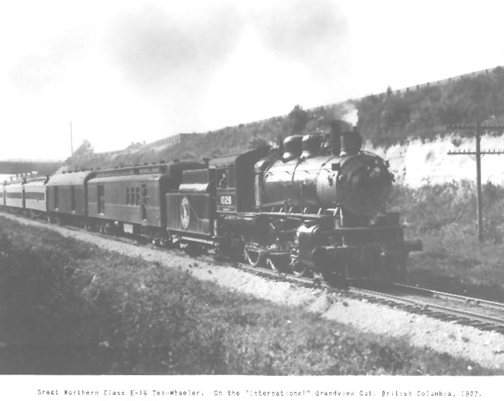 E-14 #1028 is at the head of a southbound passenger train near the same location in 1927.
E-14 #1028 is at the head of a southbound passenger train near the same location in 1927.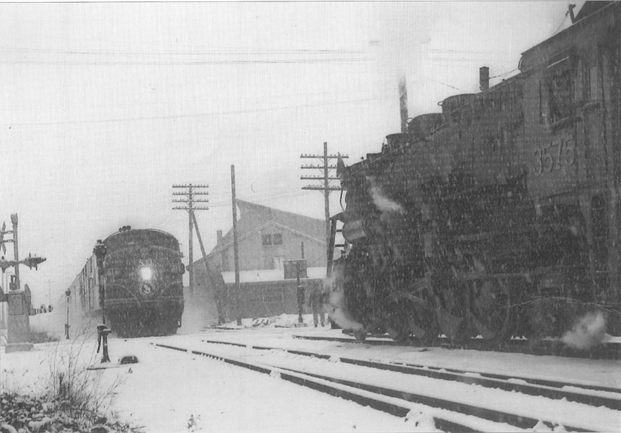
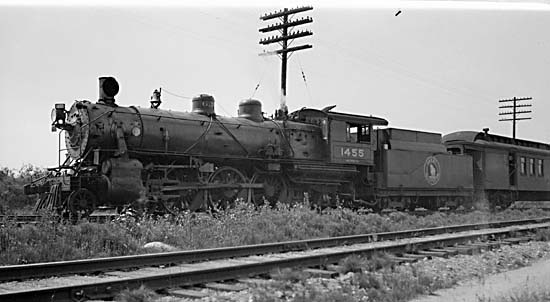 Left, 1455 departing Brownsville with the southbound American in 1939. Its northbound counterpart was called the Canadian.
Left, 1455 departing Brownsville with the southbound American in 1939. Its northbound counterpart was called the Canadian.
